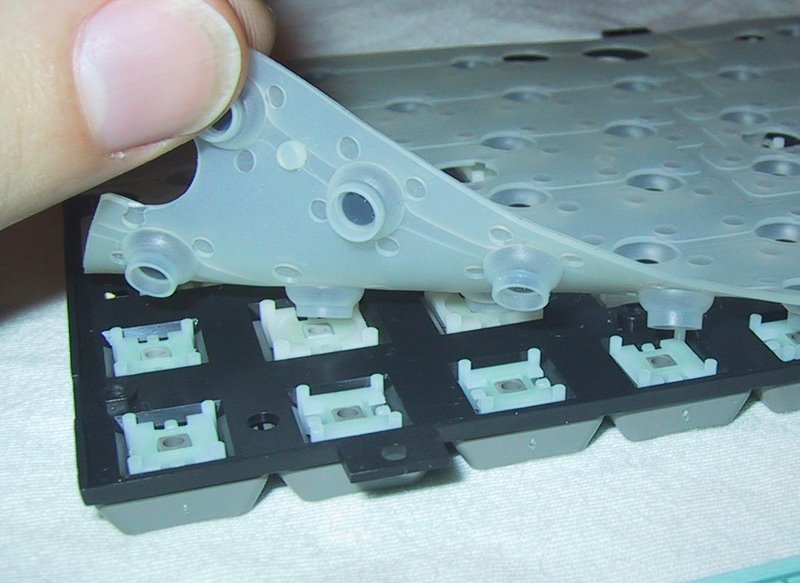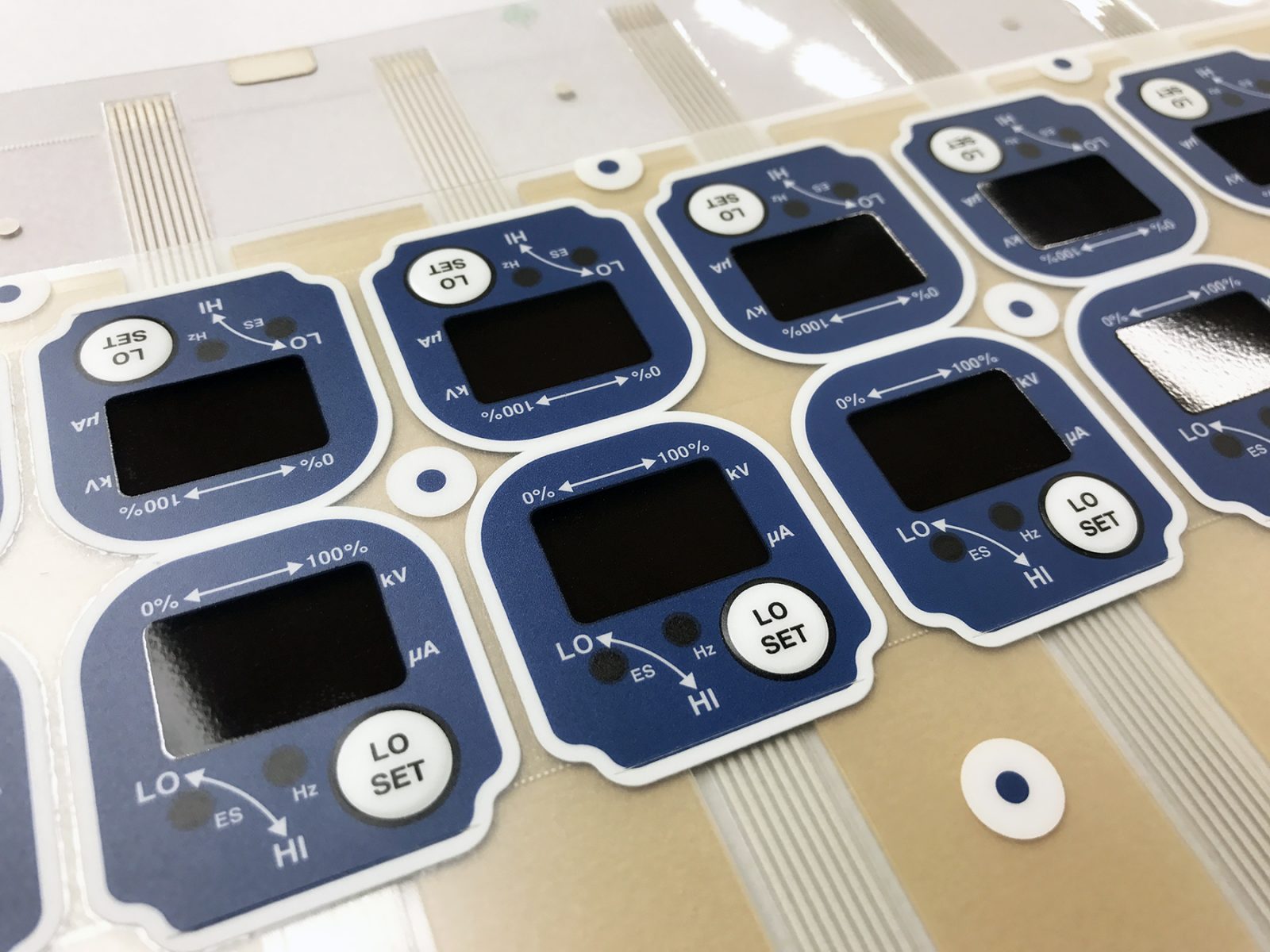Understanding the Capability of Membrane Layer Changes for Interface Devices
The functionality of membrane layer switches stands for a significant improvement in user interface style, combining effectiveness with visual flexibility. As sectors increasingly prioritize customer experience, understanding the subtleties of membrane button technology ends up being essential.
What Are Membrane Layer Buttons?
Membrane buttons are cutting-edge user interface devices that help with individual communication with digital equipment. These flexible parts contain numerous layers, including a visuals overlay, spacer, and a published circuit layer. The design enables for a seamless integration into numerous digital tools, improving both the visual and practical facets of interface.
Membrane switches are typically employed in a variety of applications, from family home appliances to industrial machinery and medical devices. Their construction normally includes a thin profile, making them an optimal option for compact designs. The responsive responses given by these buttons can be engineered to meet specific customer choices, making sure efficient communication between the customer and the tool.
Longevity is an additional considerable advantage of membrane layer buttons, as they are immune to dust, dampness, and chemicals, which boosts their life expectancy popular environments. In addition, these buttons can be customized in regards to shape, size, and visuals style, permitting branding and user-specific features. On the whole, membrane layer switches stand for a sensible service for enhancing individual experience in electronic tools, integrating functionality with visual appeal in an effective manner.
Just How Membrane Switches Over Work
Operating on a straightforward concept, membrane changes utilize a layered construction to sign up user input successfully. Each switch includes multiple layers, consisting of a printed circuit layer, a spacer layer, and a leading visuals layer, which are created to interact flawlessly. When a user presses the leading layer, it presses the spacer layer, bringing the conductive aspects of the circuit layer right into contact with each various other.
This contact develops a closed circuit, indicating the tool to carry out a specific feature. The design permits different setups, consisting of responsive comments, which can enhance the individual experience by offering a physical feeling upon activation. The products used in membrane switches often consist of adaptable substrates, such as polyester or polycarbonate, which ensure toughness and resilience against deterioration.

Trick Benefits of Membrane Layer Buttons

One more substantial advantage is their density. Membrane buttons are thin and light-weight, which allows manufacturers to conserve space in their tools without compromising functionality. This feature is specifically useful in applications where weight and volume are essential factors to consider.
Additionally, membrane layer switches are immune to dust, wetness, and chemicals, enhancing their durability. This durability extends their life expectancy and reduces the need for regular replacements, leading to price savings gradually.
Additionally, the responsive comments offered by membrane layer switches can be maximized to boost individual communication. They can consist of functions such as raised switches or audible clicks, enhancing use and user experience.
Applications Throughout Industries
Interface gadgets making use of membrane switches prevail in a wide range of sectors, showcasing their adaptability and performance. Membrane Switch. In the clinical field, membrane buttons are important to tools such as analysis equipment and individual surveillance systems, where their sturdiness and convenience of cleansing are essential for preserving health criteria. In the automotive industry, these switches are employed in dashboard controls and infotainment systems, supplying a streamlined and modern-day user interface for customers.
Moreover, the consumer electronics sector benefits from membrane layer switches in home appliances and handheld devices, where compact style and easy to use interfaces improve individual experience. Industrial applications also leverage membrane layer switches over for control board in machinery and automation systems, highlighting their toughness and resistance to harsh settings.
In the aerospace and protection markets, membrane switches are made use of in cabin controls and devices, where integrity and performance under extreme problems are vital. Furthermore, the gaming industry significantly includes membrane switches in controllers and gallery makers, you could try this out adding to an interesting individual experience. Overall, the versatility of membrane layer changes enables their prevalent use across countless markets, underscoring their value in contemporary interface design.
Future Fads in Membrane Switch Innovation

Furthermore, using innovative products, such as polycarbonate and polyester films, is anticipated to climb, providing boosted durability and resistance to environmental stress factors. These products contribute to the overall long life of membrane layer buttons, making them ideal for harsher commercial applications.
In addition, the incorporation of smart modern technology, consisting of IoT connectivity, will certainly enable membrane buttons to connect with various other tools and systems, helping with a much more interactive individual experience. This fad pop over to this web-site lines up with the growing demand for wise gadgets across various industries, from health care to consumer electronics.
Finally, personalization choices are expected to broaden, enabling makers to produce bespoke options customized to certain individual demands and choices. These advancements will position membrane switches as important elements in the evolution of interface technology.
Conclusion
In conclusion, membrane switches represent a crucial advancement in interface modern technology, supplying a dependable and flexible remedy for diverse electronic applications. Their layered building assists in small style, while functions such as tactile feedback improve individual interaction. The durability against environmental variables additionally strengthens their utility throughout numerous markets. As improvements in material scientific research and touch sensing modern technologies continue, the functionality and applicability of membrane layer switches are anticipated to expand, enhancing their importance in modern-day electronic tools.